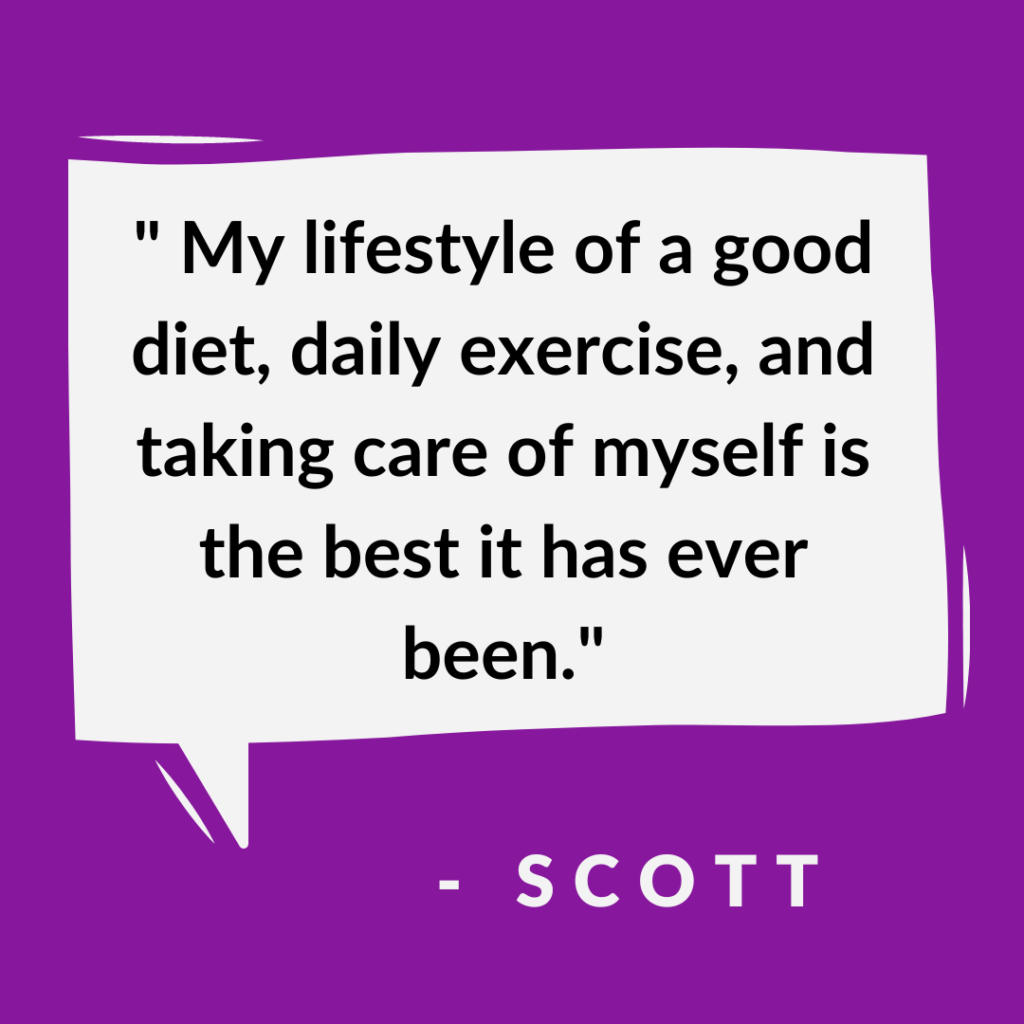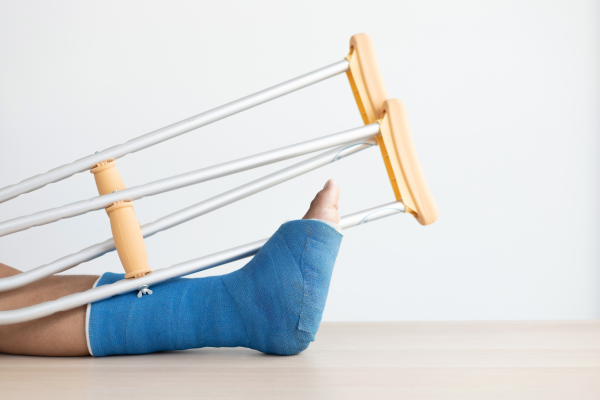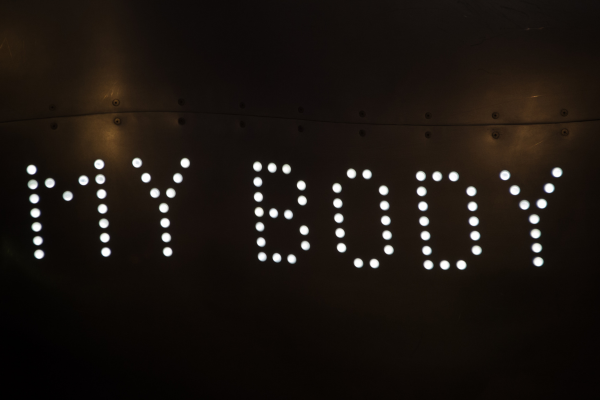
Loneliness has become a significant public health issue, prompting the Surgeon General to issue a warning about its impact on individual well-being and society as a whole. The increasing prevalence of social isolation and loneliness can lead to various adverse health effects, including increased risk of mental health disorders, cardiovascular disease, and premature mortality to a magnitude on par with that associated with habitual daily smoking. 1
A fascinating study by Hanne Collins discussed on NPR sheds light on an unexpected discovery: casual social ties can be just as important as strong ones in contributing to greater life satisfaction.2 This idea challenges our conventional understanding of social connections and highlights the value of expanding our social networks.
Conventional wisdom suggests that strong social connections, such as close friends and family, are the key to happiness and life satisfaction. While these relationships undoubtedly play a crucial role, the study emphasizes the often-overlooked significance of casual social ties, which encompass acquaintances, colleagues, and familiar strangers (this could be the people you see around your neighborhood or another frequently visited location but don’t necessarily know).
Why we Should Expand our Social Networks
One of the aspects highlighted in the study is that casual social ties tend to introduce us to new social circles and communities. Actively engaging with casual ties, such as participating in community events, joining clubs or organizations, and fostering connections in the workplace, can help individuals combat the negative effects of loneliness and improve their overall well-being. By engaging with people who are different from us, we expose ourselves to a wide range of experiences, beliefs, and perspectives. This exposure not only enhances our understanding of the world but also helps us develop empathy and tolerance, leading to personal growth and a more fulfilling life.
The Power of Serendipity
Casual social ties often act as conduits for serendipitous encounters and unexpected opportunities. Think about the times you met someone new at a social gathering or struck up a conversation with a stranger on a plane. These chance encounters can lead to unforeseen connections, professional opportunities, and even lifelong friendships. By actively cultivating casual ties and engaging with diverse social groups, we increase the likelihood of encountering serendipitous moments that can positively impact our lives.
Social media platforms, online communities, and professional networks have made it easier to maintain casual ties and cultivate new connections. Embracing these technologies can help us leverage the power of casual ties, as they provide opportunities to engage with individuals from various backgrounds, interests, and locations.
While strong social ties remain vital to our well-being, don’t forget about the role of casual social ties and their ability to contribute to greater life satisfaction!
- https://www.hhs.gov/about/news/2023/05/03/new-surgeon-general-advisory-raises-alarm-about-devastating-impact-epidemic-loneliness-isolation-united-states.html
- https://www.npr.org/2022/10/23/1130782373/weak-social-ties-are-just-as-important-as-strong-ones-for-greater-life-satisfact?utm_source=npr_newsletter&utm_medium=email&utm_content=20230519&utm_term=8447825&utm_campaign=life-kit&utm_id=62290990&orgid=661&utm_att1=
Don’t miss another great blog: Subscribe Now









